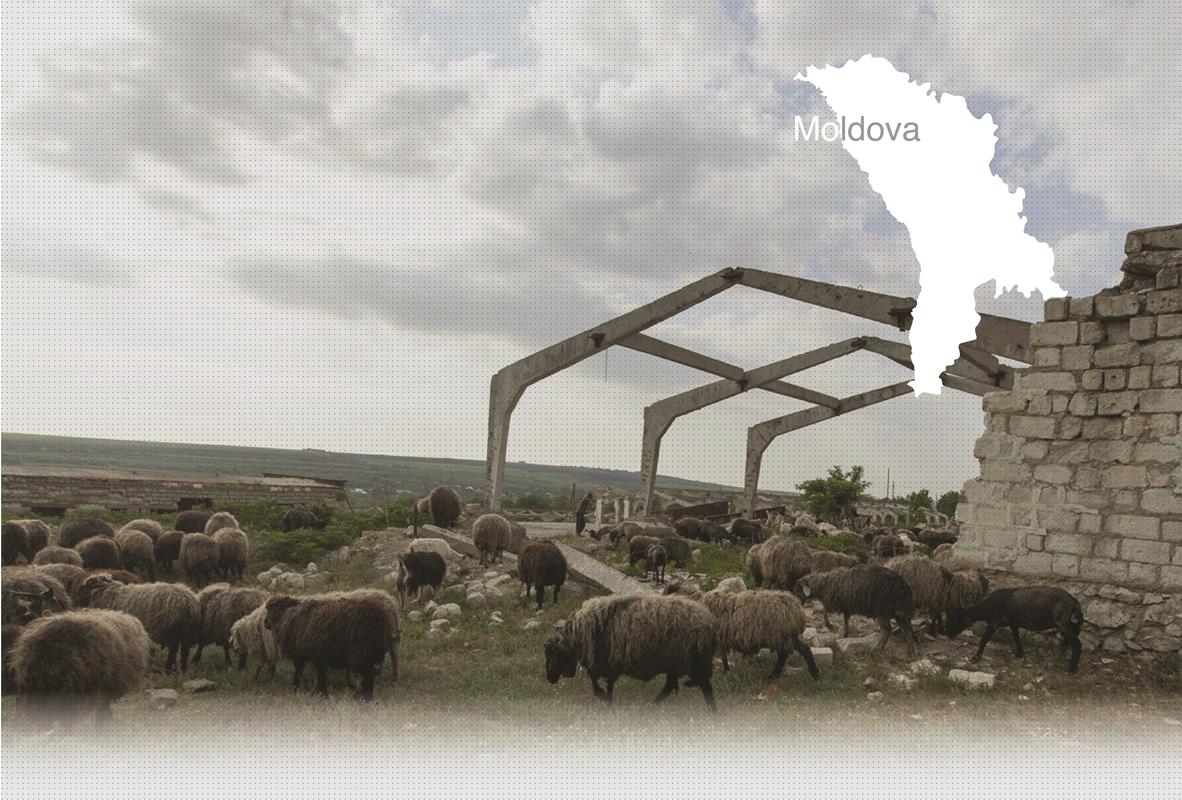

1 Killing site(s)
Pavel K., born in 1926, helped the Jews to evacuate across the Dniester: “Some Jews tried to flee because the Germans had started to exterminate them. The Jews throughout all Moldova tried to flee to Russia. In the village, close to the river banks, there were two barges pulled with ropes. There were so many Jews that they had to line up to cross the river. The line spread from the riverbank to the village center. In order to cross the river, the Jews, sometimes even with their carts, were loaded on to the barges and them someone pulled with a metal cable. The barge was rather big. Up to 3-4 carts could fit on one barge.
Y.U : Was the barge attached to the posts on both sides?
W : They were attached on one side. (Witness n° 140M, interviewed in Olăneşti, on August 20, 2013)
“[…] In August 1941, by order of the head of the gendarmerie post Luka K. or his non-commissioned officer, 15 Jewish families were arrested. Two of the last 5 families were crucified after having suffered inhuman torture. The names of these last people couldn’t be identified. The others were shot on the Oleneshty-Akkerman path […].” [Act of Soviet Extraordinary Commission, drawn up on January 11, 1945; 22.002M.7021-96/84-85]
Olăneşti is a town, located on the banks of the Dniester River, about 115 km southeast of Chisinau. According to the census of 1930, there were 110 Jews living in the town. According to Yahad-In Unum’s research, Jews lived all throughout the town before the war. Some of them were shop owners. They sold different commodities, like rice, sugar, as well as fabric. There was a synagogue. At the beginning of the war, some Jewish men were enrolled in the Soviet army. There were also those who evacuated with boats across the Dniester with the help of the non-Jewish population. The town was occupied by Germans and Romanians in the middle of summer 1941.
Little is known from the archives about the fate of the Olanesti Jews. The execution of the Jews started in August 1941 and was carried out by Romanian gendarmes. According to eyewitness n°141, interviewed by Yahad, the Jews were taken from their houses directly to the killing site. They were shot, in their clothing, on the bare ground. Their corpses were buried afterwards. Prior to the execution, some Jews were subjected to inhuman torture. From the archives, it is known that 2 Jewish families were tortured and crucified. Unfortunately, during their research, Yahad could not find any witness who were able to confirm or deny this statement.
Do you have additional information regarding a village that you would like to share with Yahad ?
Please contact us at contact@yahadinunum.org
or by calling Yahad – In Unum at +33 (0) 1 53 20 13 17